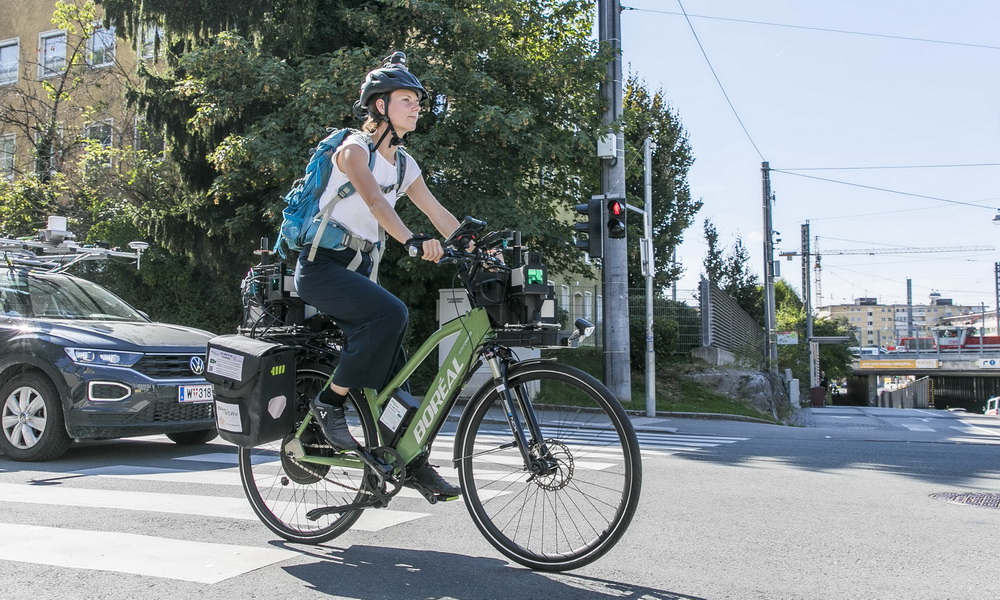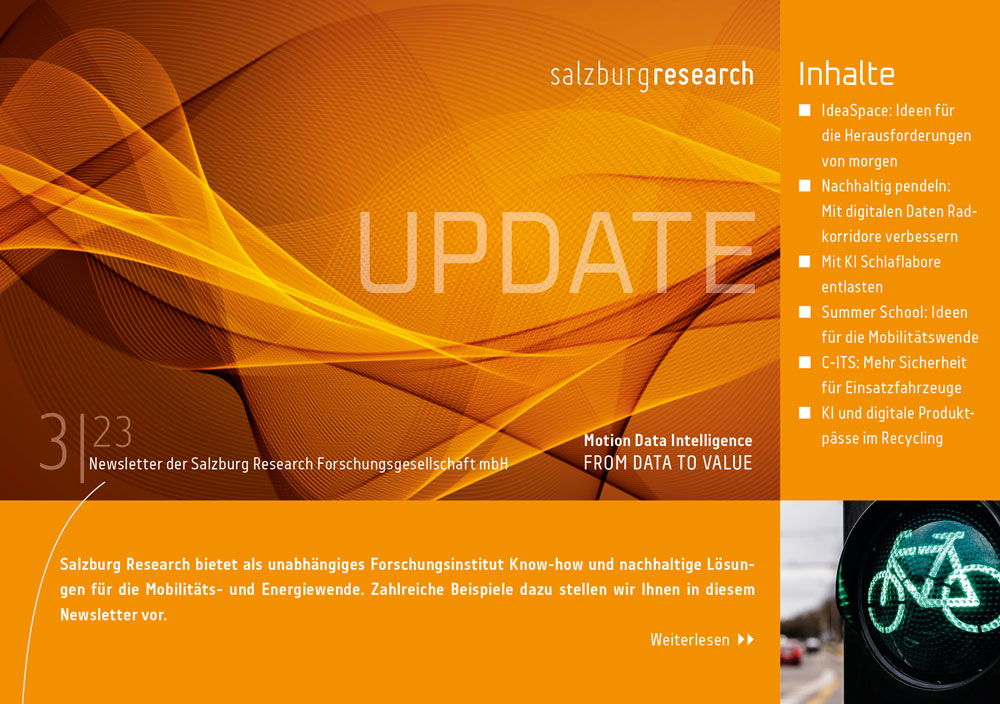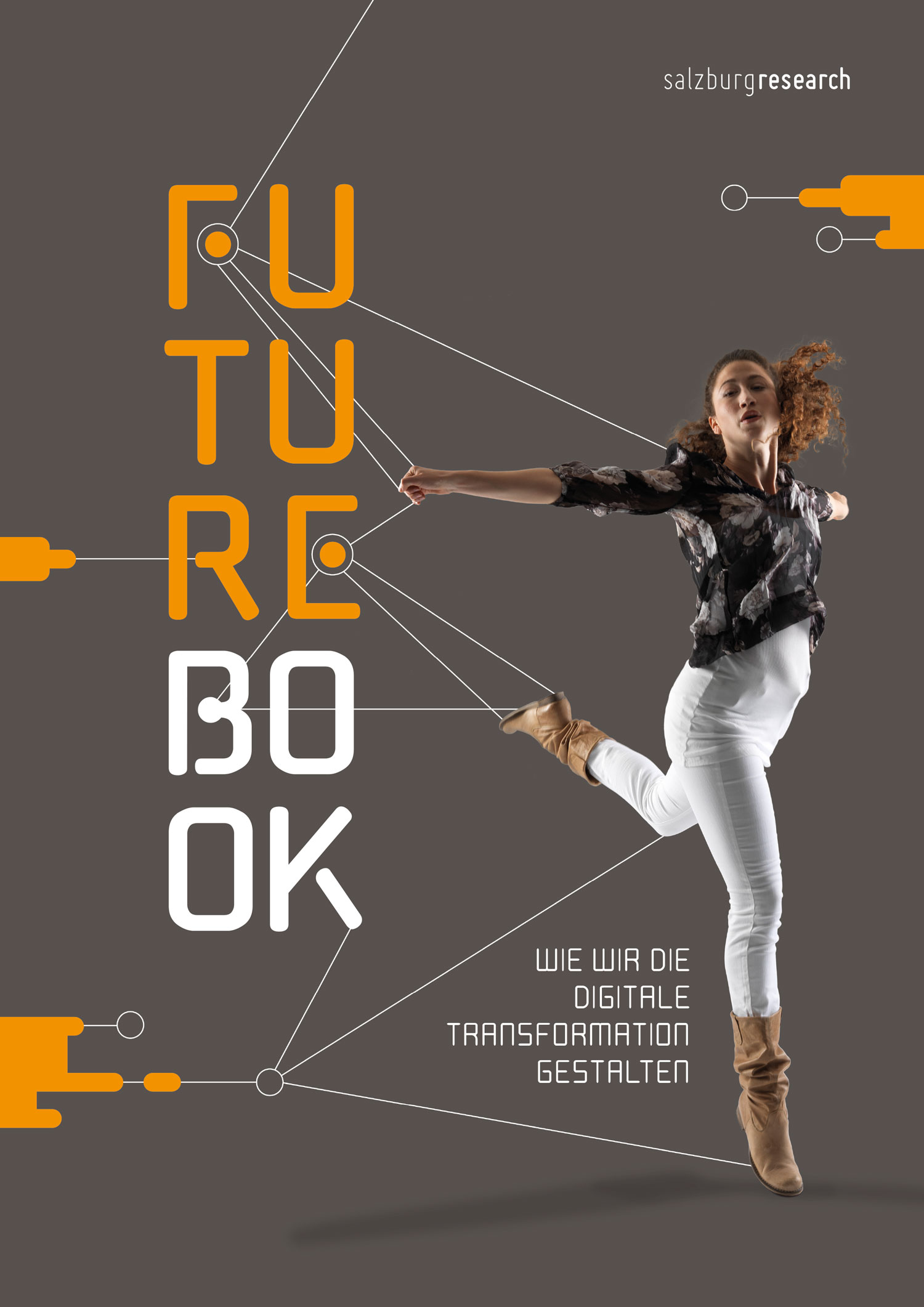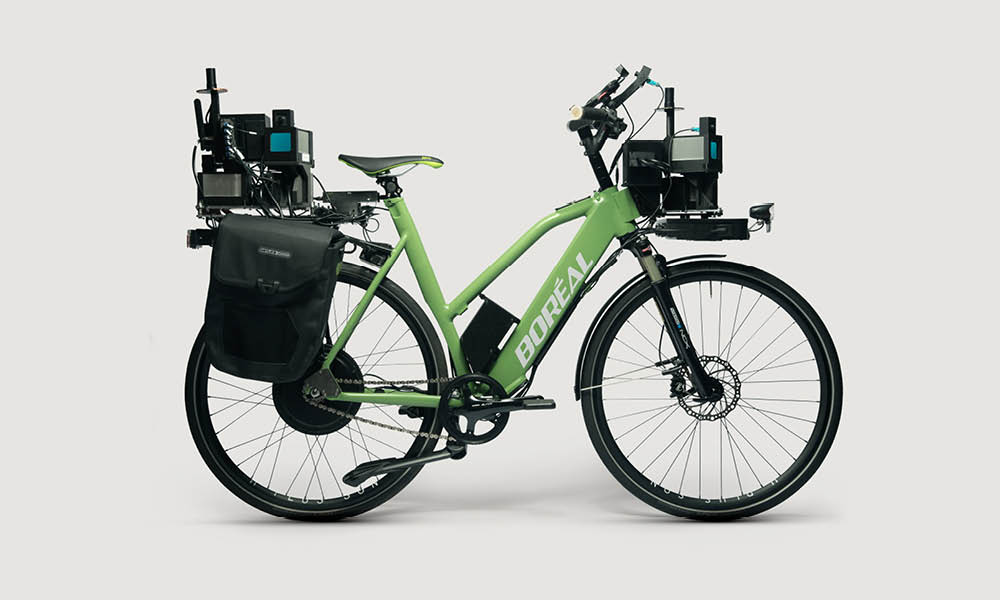
Artificial intelligence lets bicycles “see”
Bike-friendliness of a cycle path depends to a large extent on the surface quality. This allows people who use bicycles for work-related reasons or to complete daily errands and want to keep bike-commuting climate-neutral to perform their tasks faster and in a more pleasant way. Now, with the help of artificial intelligence, smart bikes are able to analyze the cycling paths’ infrastructure and their surroundings.
Cycling plays an important role in the mobility transition to achieve European and national climate goals. Therefore, in many places, investments are being made in the expansion of bicycle infrastructure. Outdated bike paths must be maintained and preserved.
Until now, the surface quality of cycling infrastructure has been derived from vibration measurements. In the field of street surveillance, however, visual and LiDAR-based approaches are predominant, with the latter approach providing the best results. “Light Detection and Ranging,” or “LiDAR” for short, is a system for generating high-resolution 3D information using light only. “The problem here is that measuring vehicles, such as those used for highways and main roads, are too large and too heavy for bike paths. This is where our sensor bike provides a solution,” says Moritz Beeking from Salzburg Research Institute.
Data collection with a smart sensor bike
The latest version of Boreal Bikes’ sensor bike, the Holoscene Edge, was used for this research.

The device is equipped with a range of sensors, including GPS, several inertial measurement units, 2D cameras, and five LiDAR sensors. Each LiDAR sensor on the bike faces a different direction to capture a full 360-degree view of the bicycle’s surroundings.
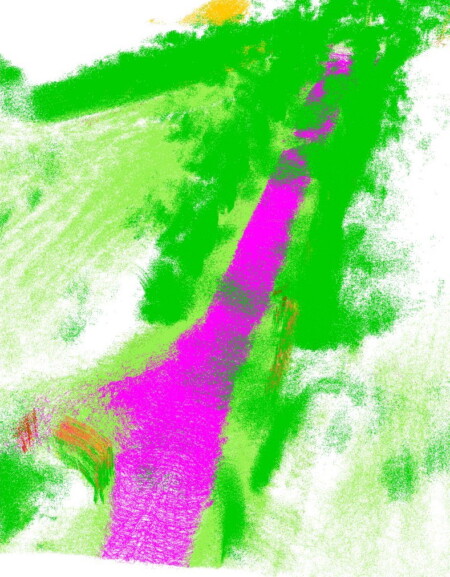
With the LiDAR sensors mounted on the research bike, the surroundings of the bike were recorded ten times per second and displayed in three dimensions by means of high-frequency laser distance measurements in the form of a so-called point cloud consisting of 240,000 points. Using artificial intelligence trained specifically for this purpose, each point is then assigned to a specific class, for example, “street,” “vegetation,” or “building.” With regards to the maintenance of cycle paths, for example, all associated points could first be extracted, and, in the next step, a model of the surface of could be created
Seen in the picture: Hellbrunner Allee with dirt road: LiDAR point cloud assigned by the AI
The collected point clouds can also be used for the analysis of traffic situations and overtaking processes. Technologies for connecting bicycles to automated vehicles enable collision detection and warning concepts for safe cycling.
Publication for the research project:
Armin Niedermüller & Moritz Beeking (2024): Transformer based 3D semantic segmentation of urban bicycle infrastructure, Journal of Location Based Services, DOI: 10.1080/17489725.2024.2307969
More safety for cyclists through smart sensor technology
Salzburg Research is famous for its methods and technologies for the valorization of motion data. The Mobility and Transport Analytics group develops and evaluates methods and software-as-a-service tools for sustainable, environmentally friendly, and efficient mobility and transport systems
The research focuses on active mobility, particularly data-supported technologies that promote safe and efficient cycling. An intelligent, crosslinked sensor bicycle is part of the research infrastructure.
Mit dem Klick auf das Bild werden durch den mit uns gemeinsam Verantwortlichen Youtube (Google Ireland Limited) das Video abgespielt, auf Ihrem PC Skripte geladen sowie personenbezogene Daten erfasst.
Additional information:
- Press release: Künstliche Intelligenz lässt Fahrräder „sehen“
- Research projects in which the sensor bicycle is used:


